Ayutthaya, An Ancient Buddhist Kingdom, Thailand



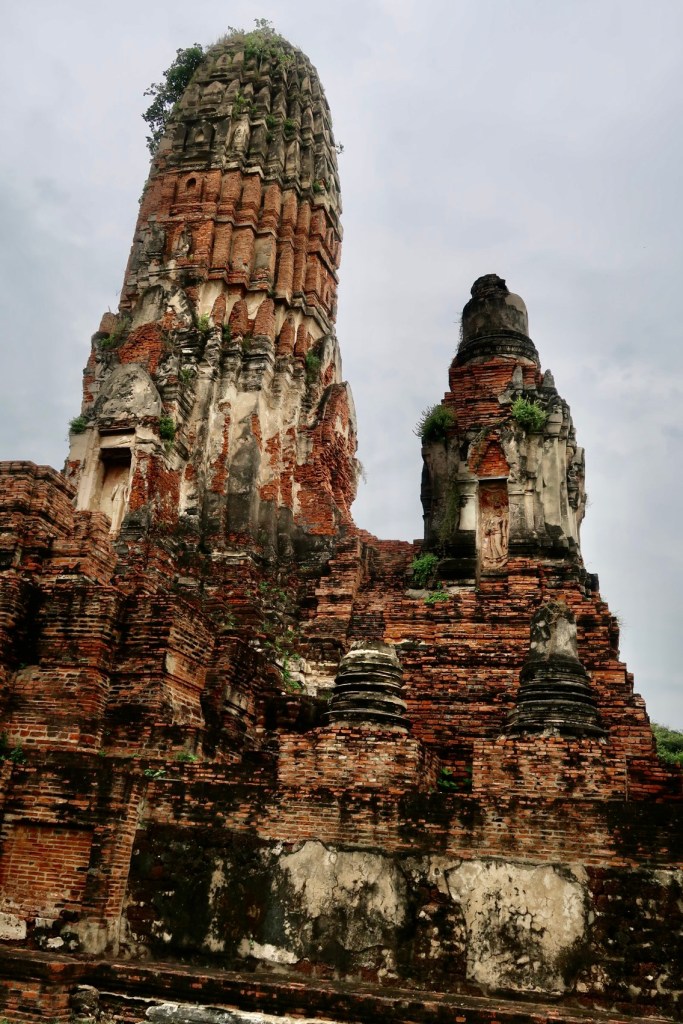







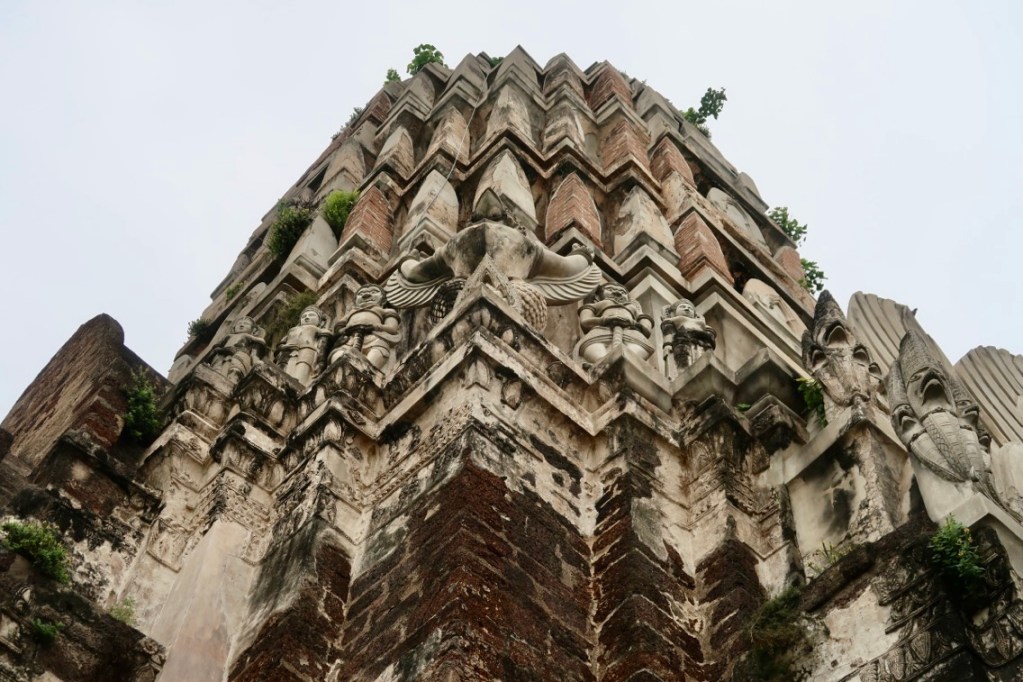
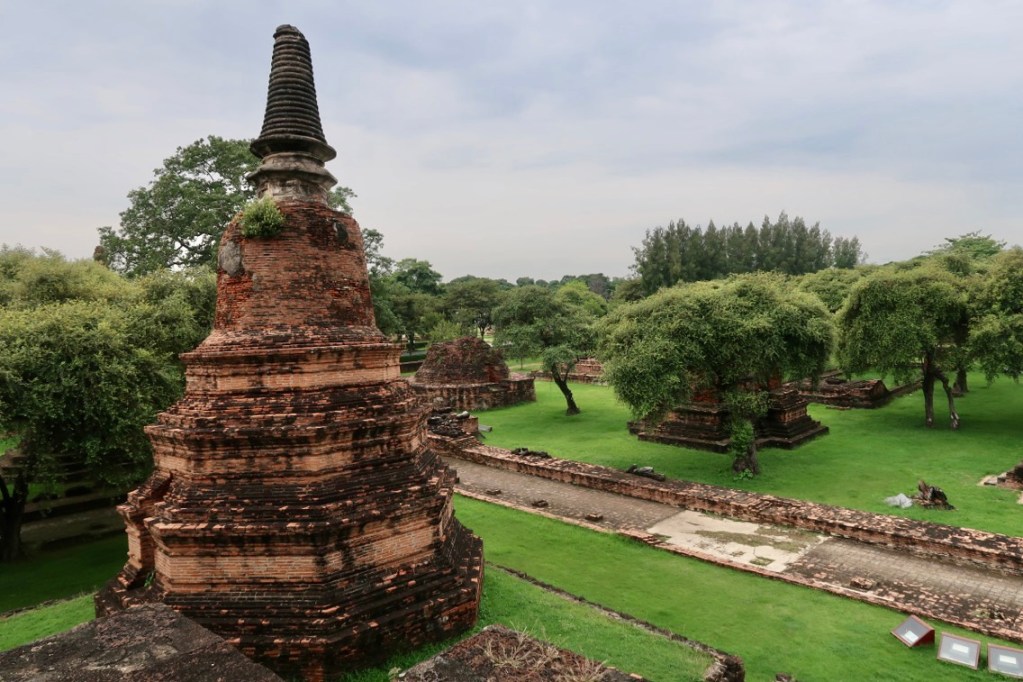







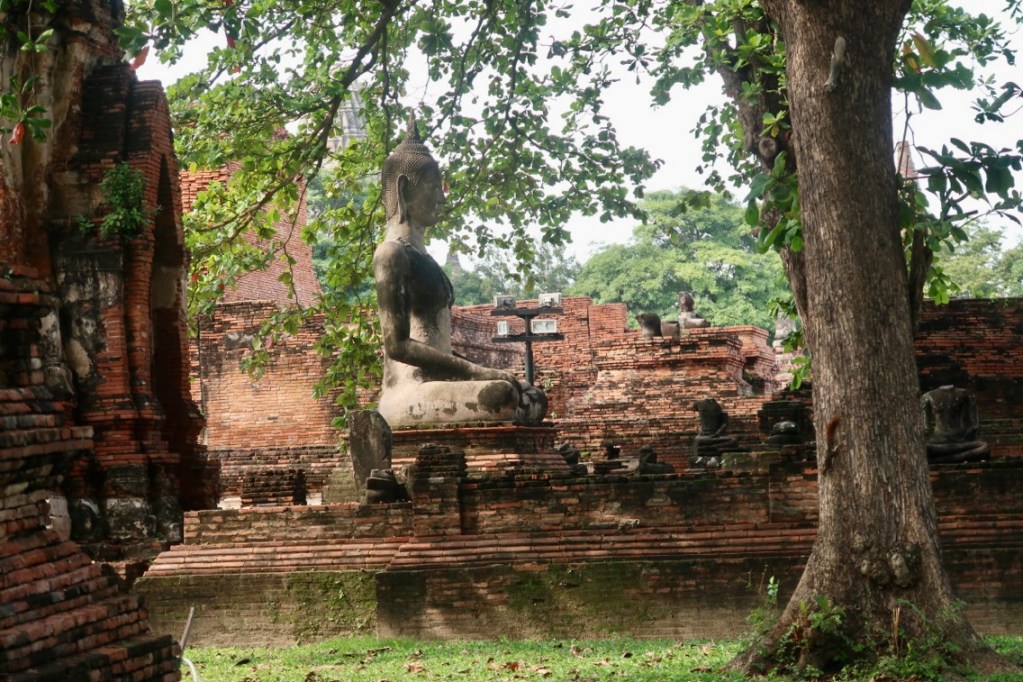
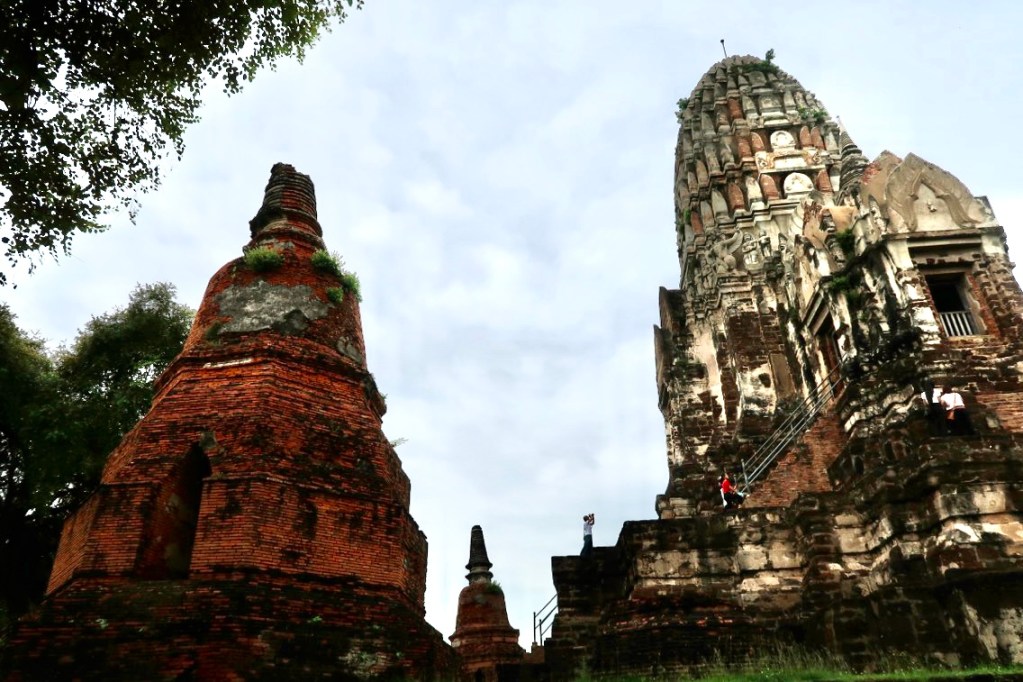





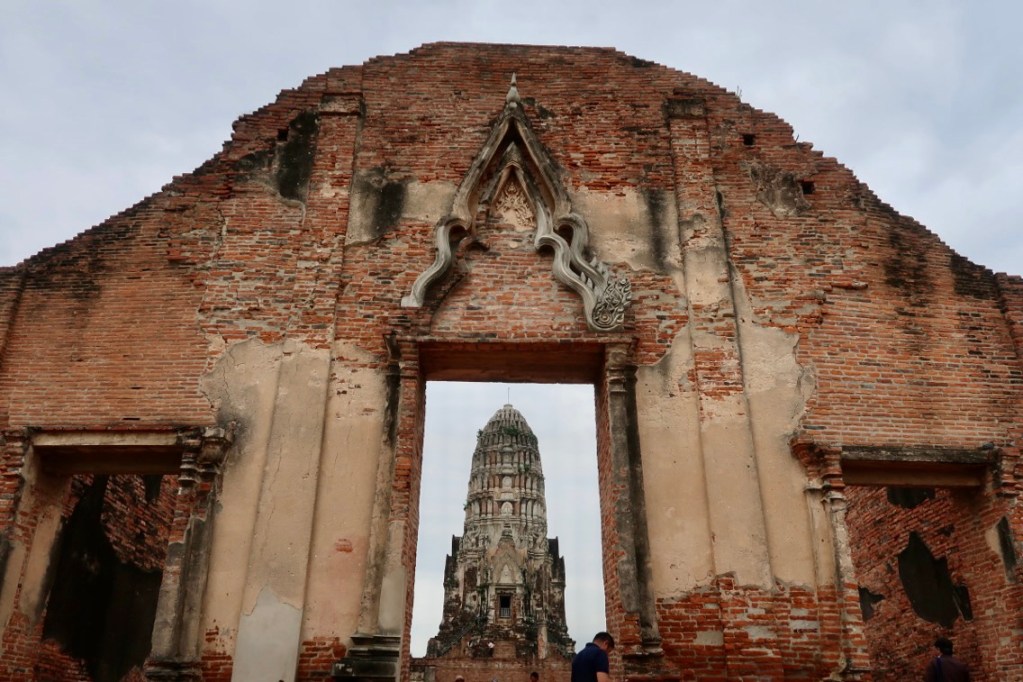







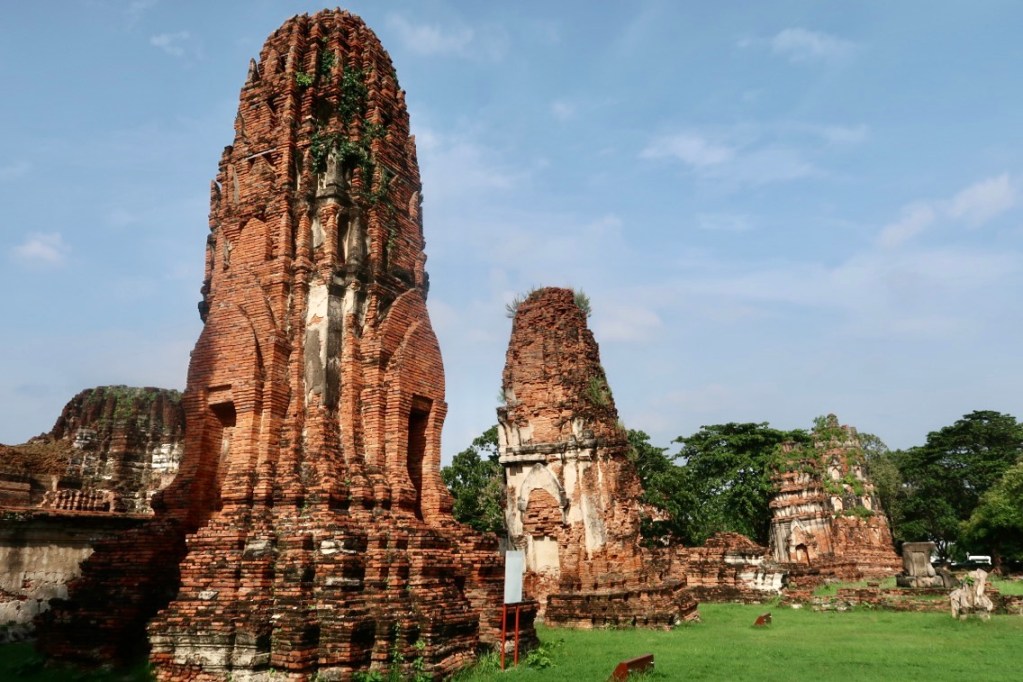



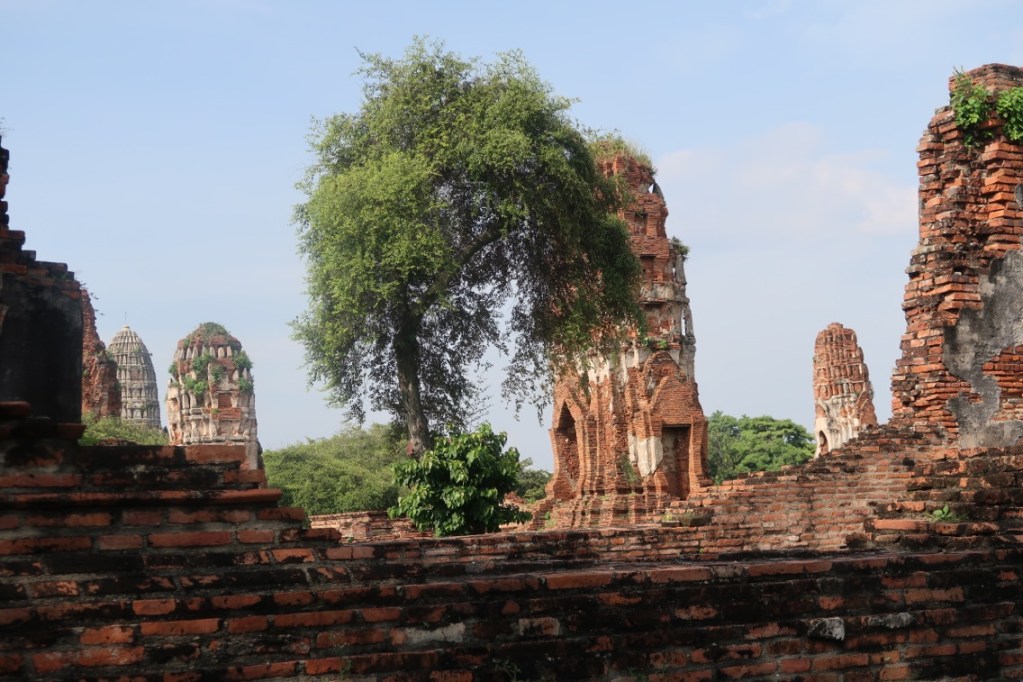


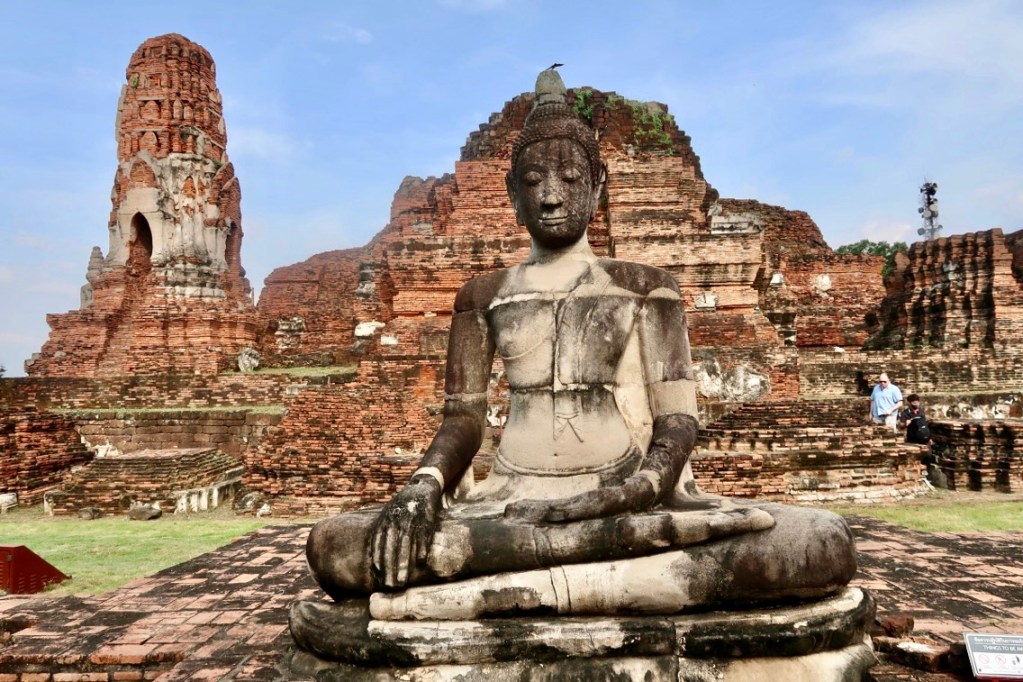
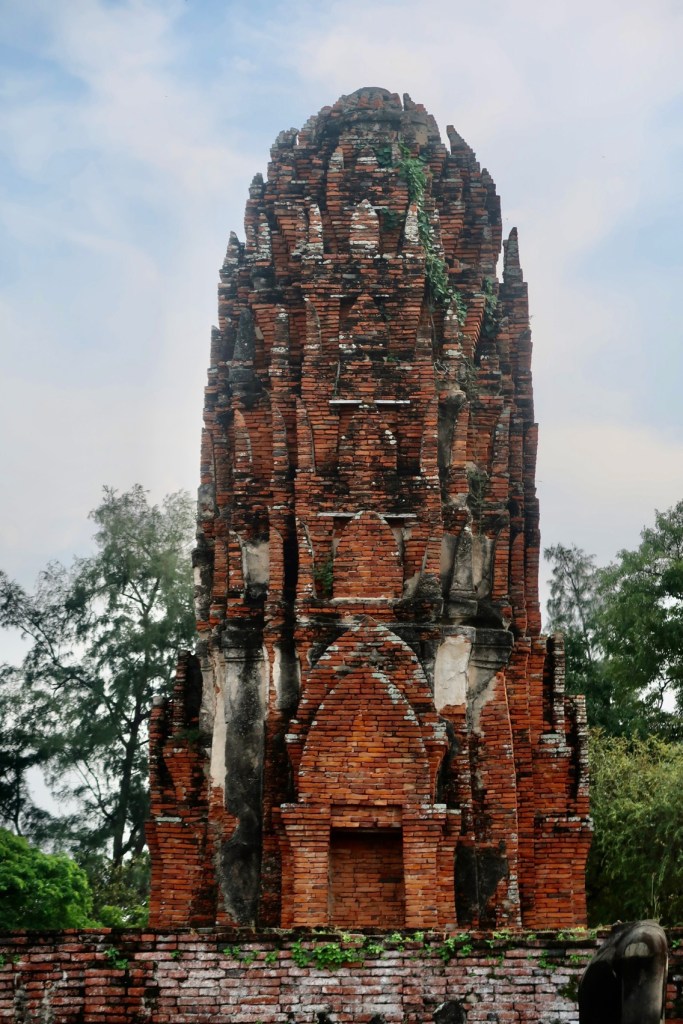
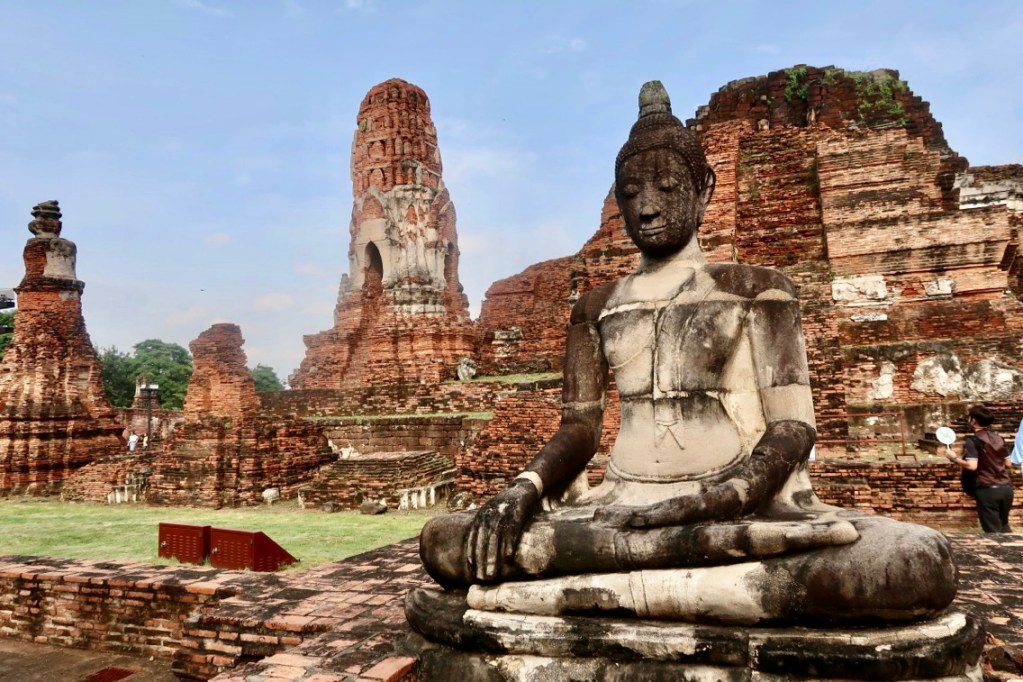









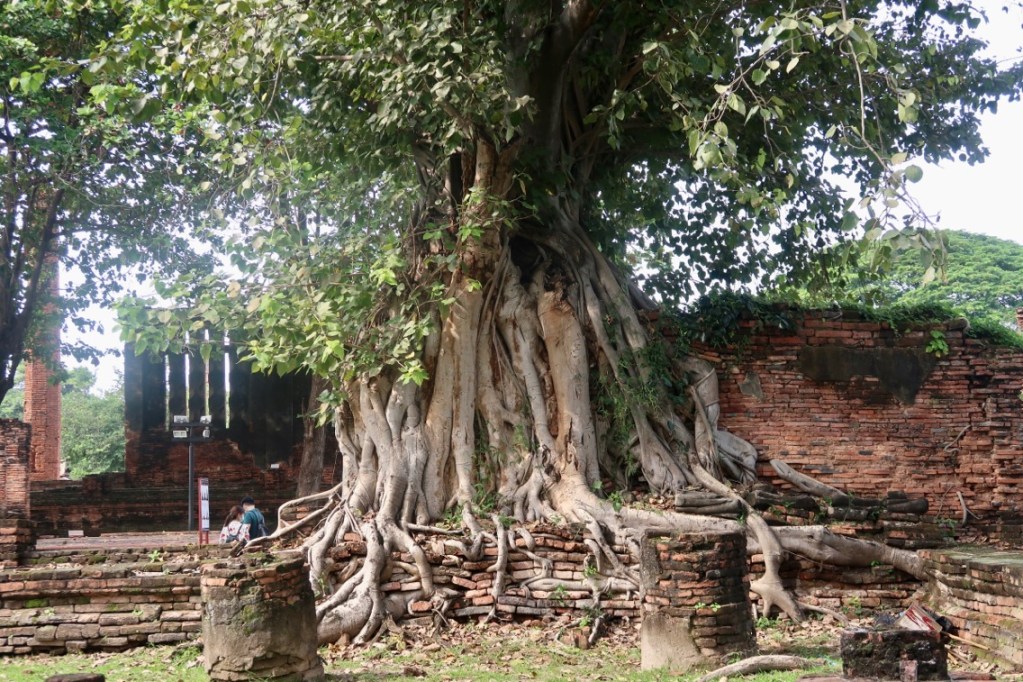


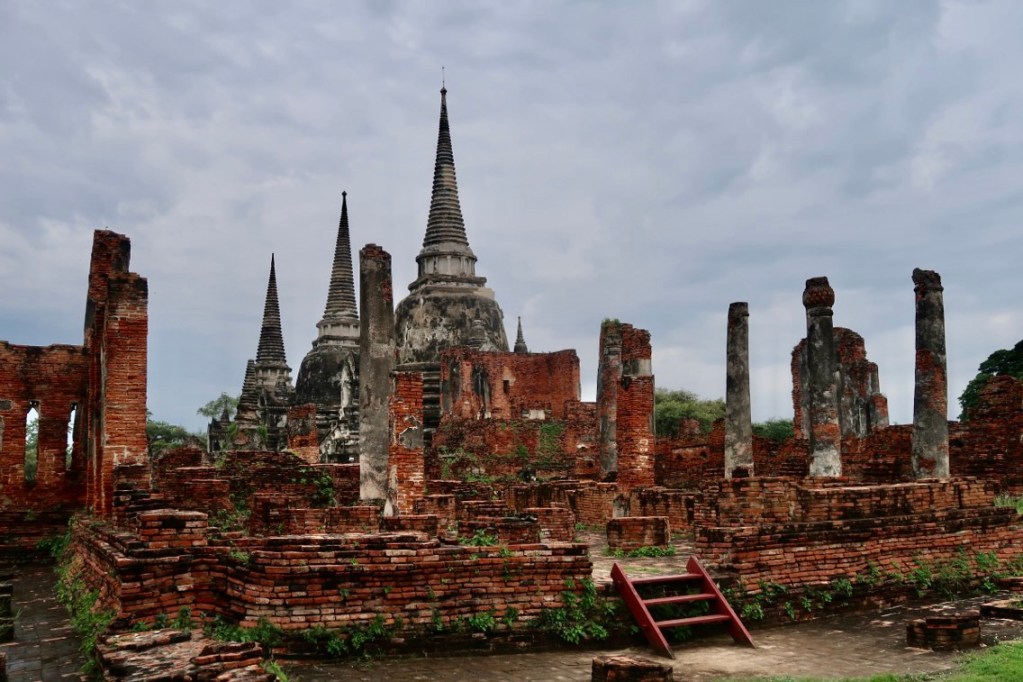

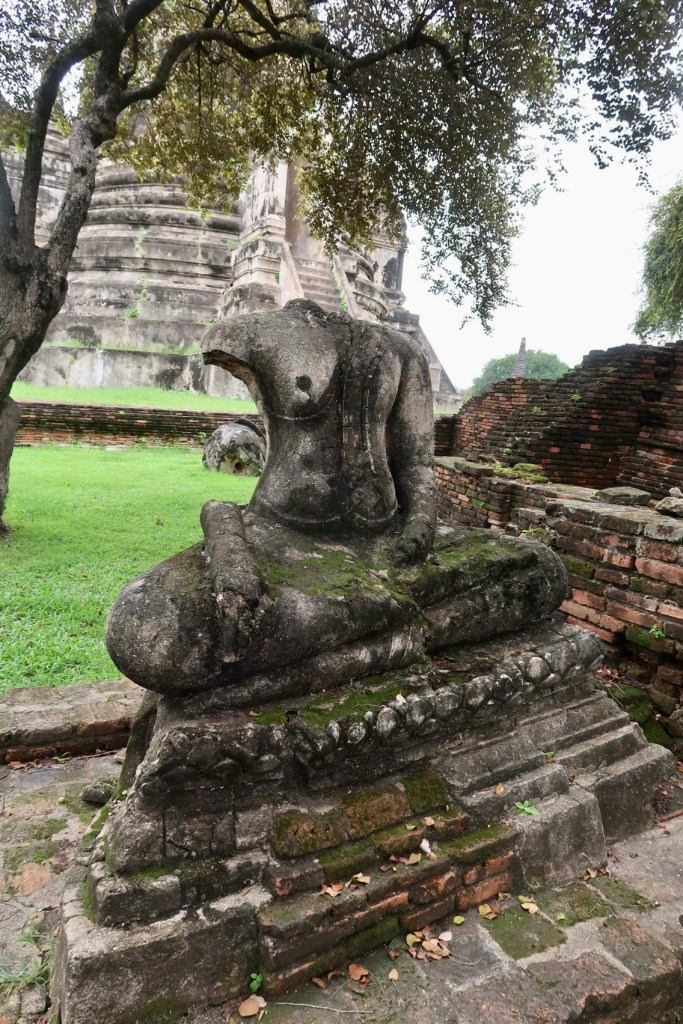

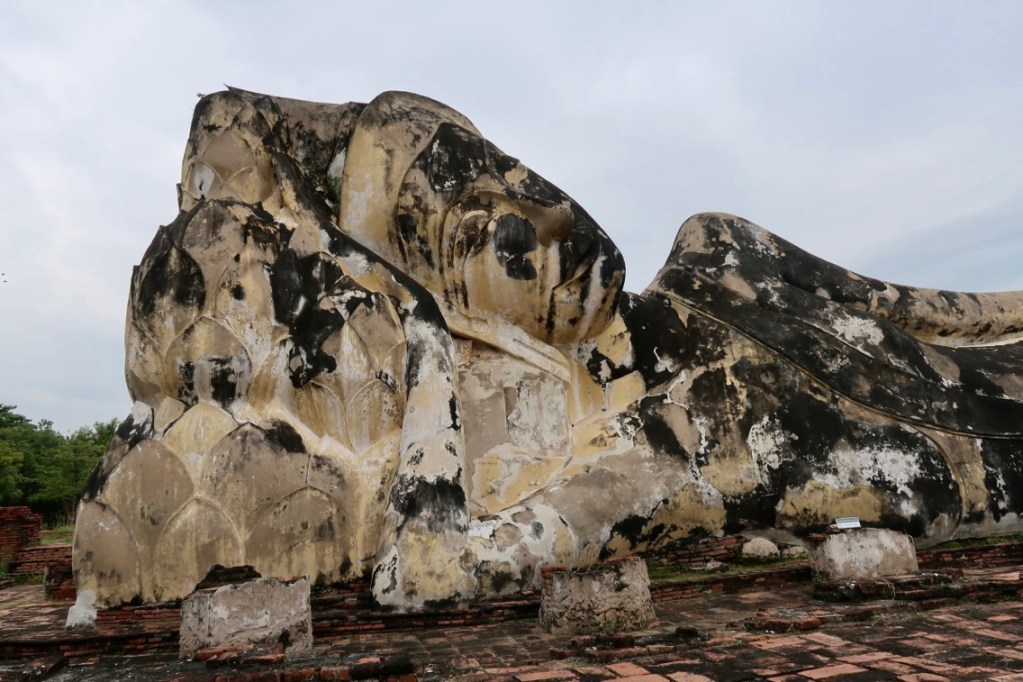

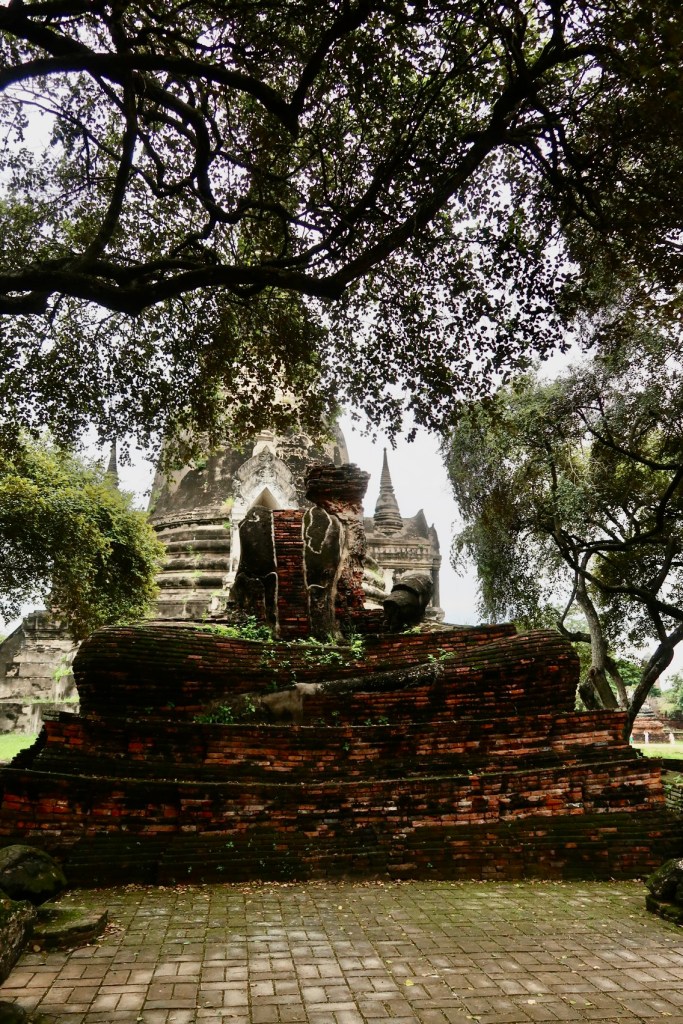








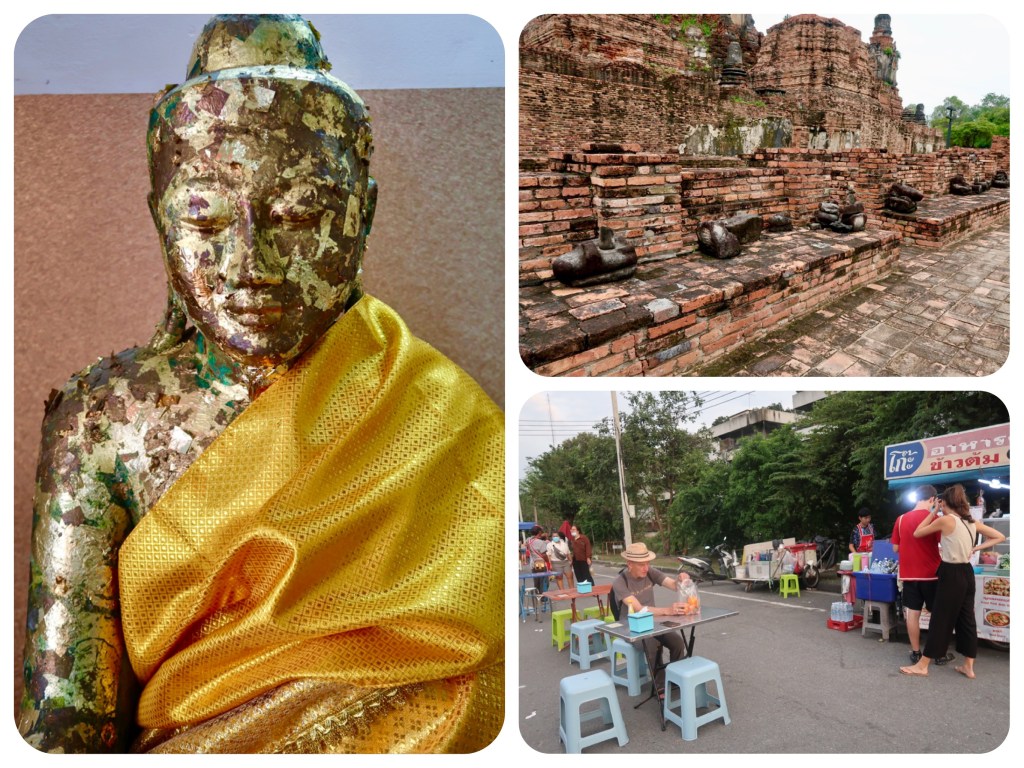
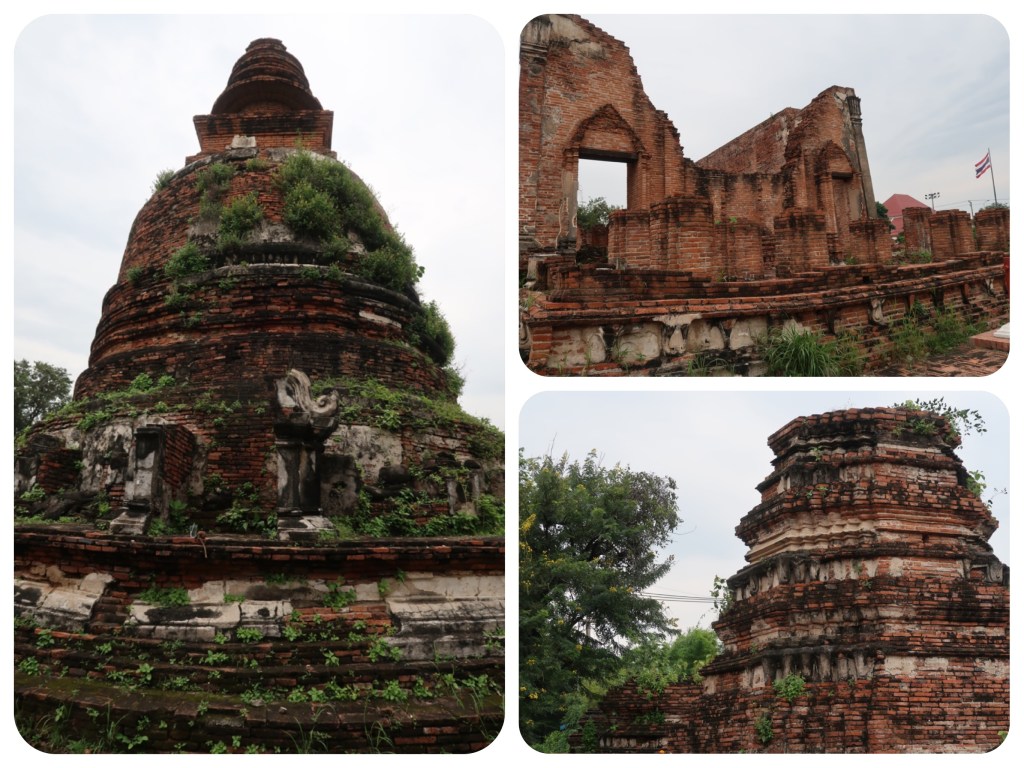


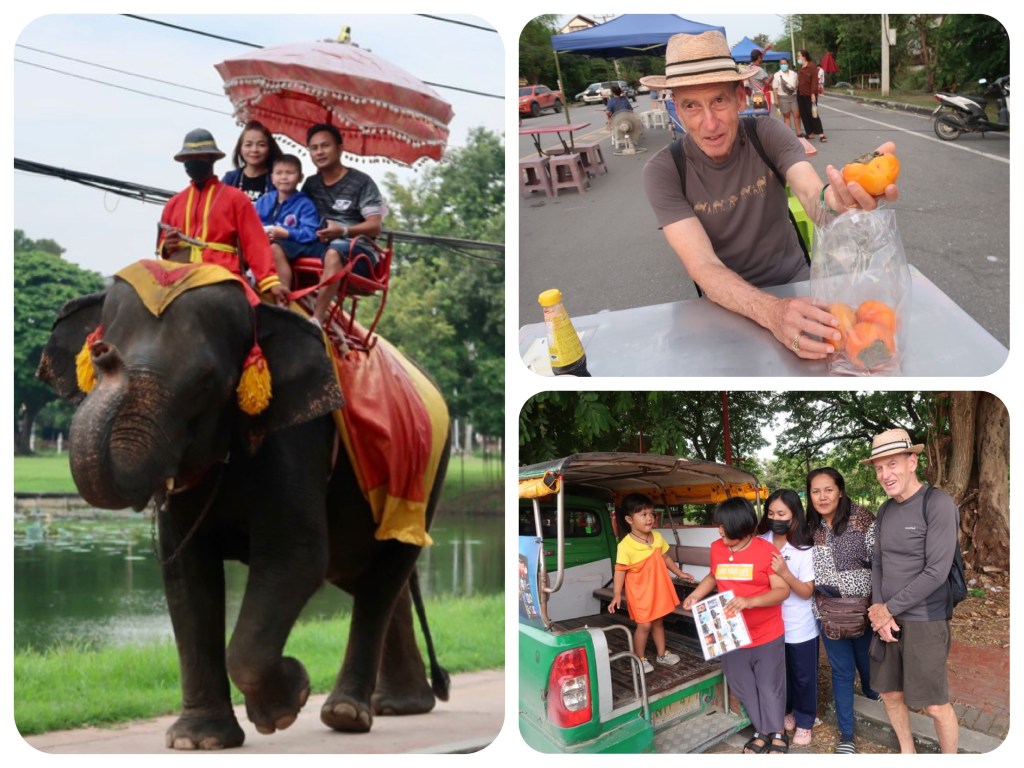


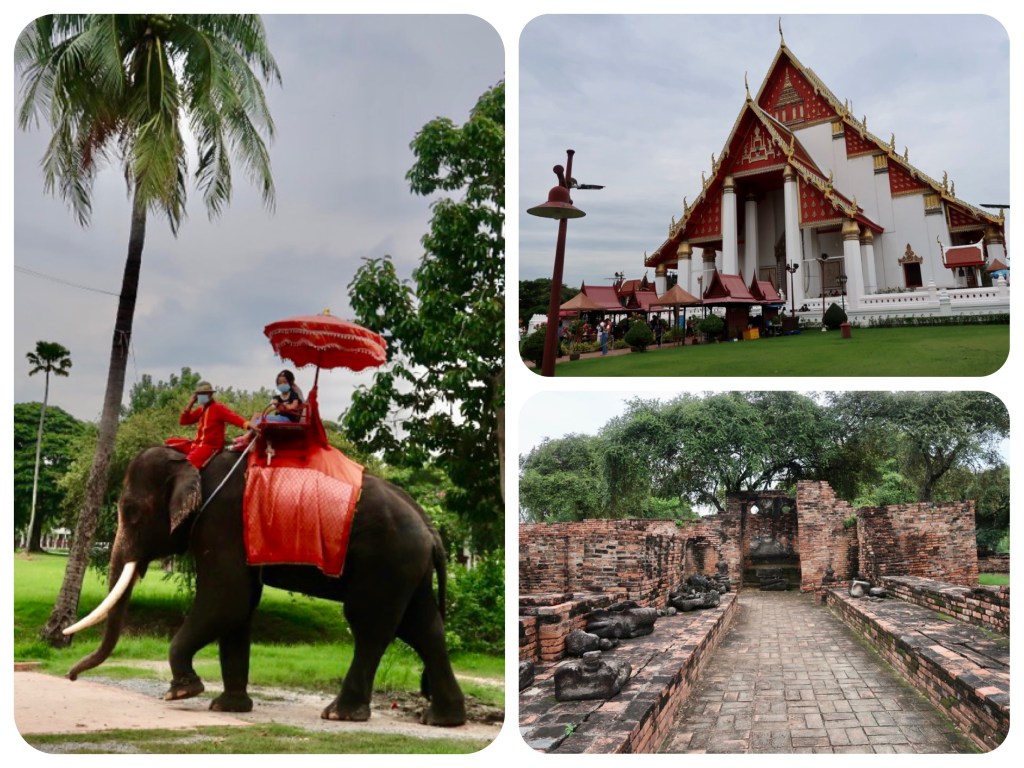

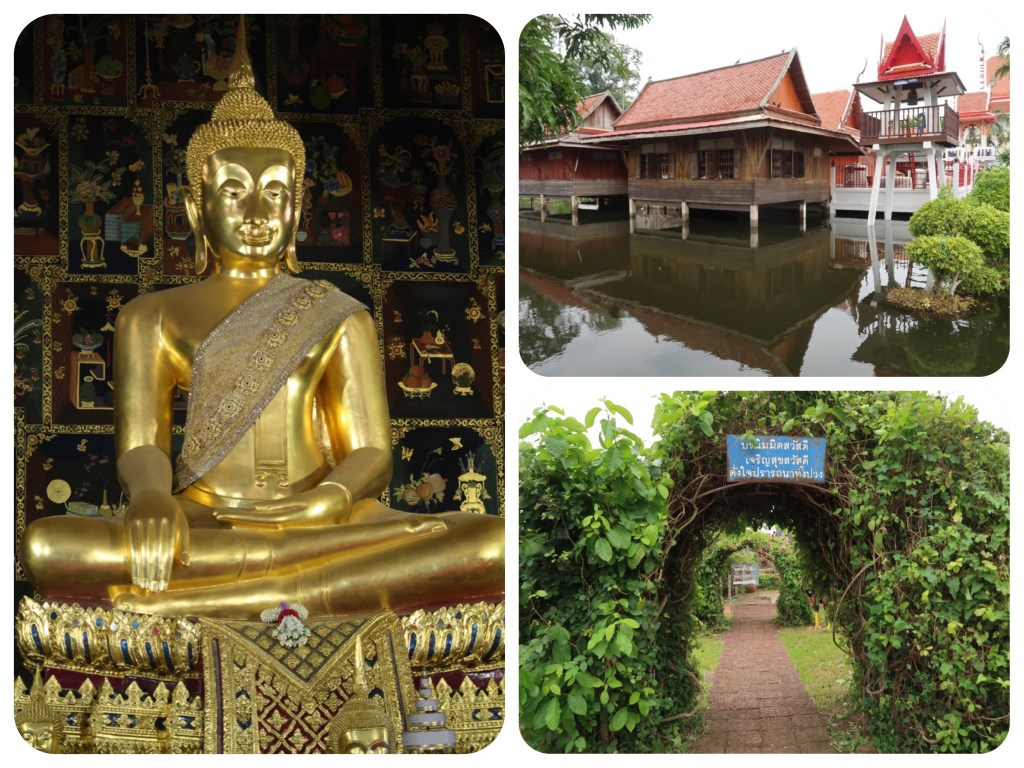

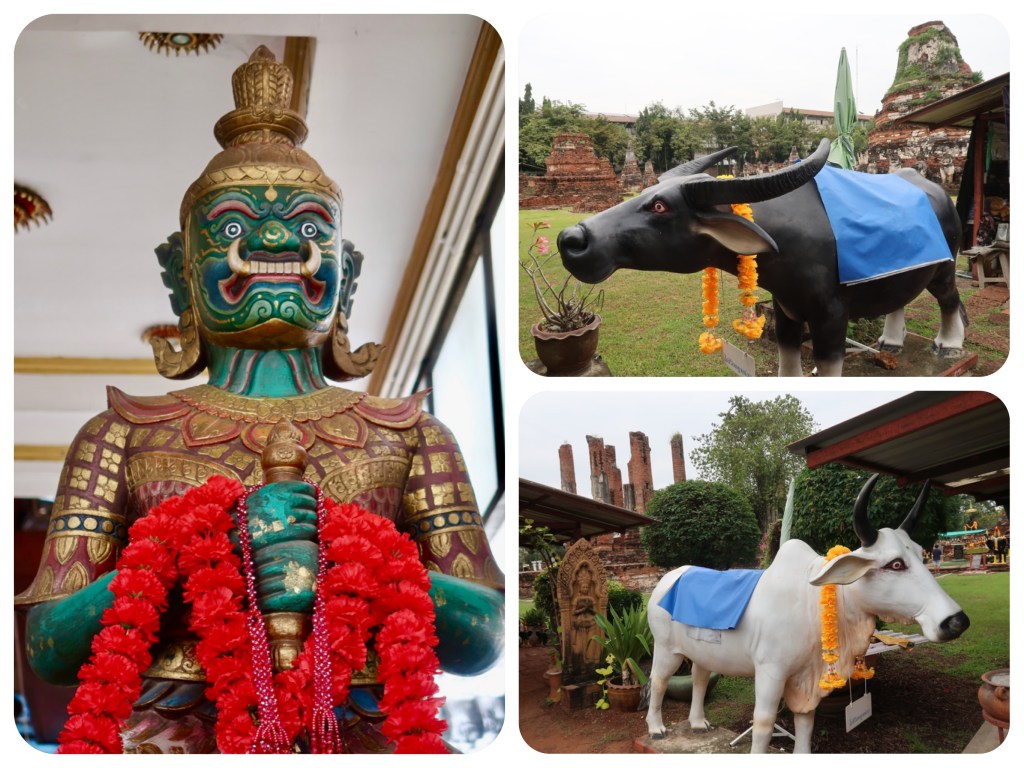

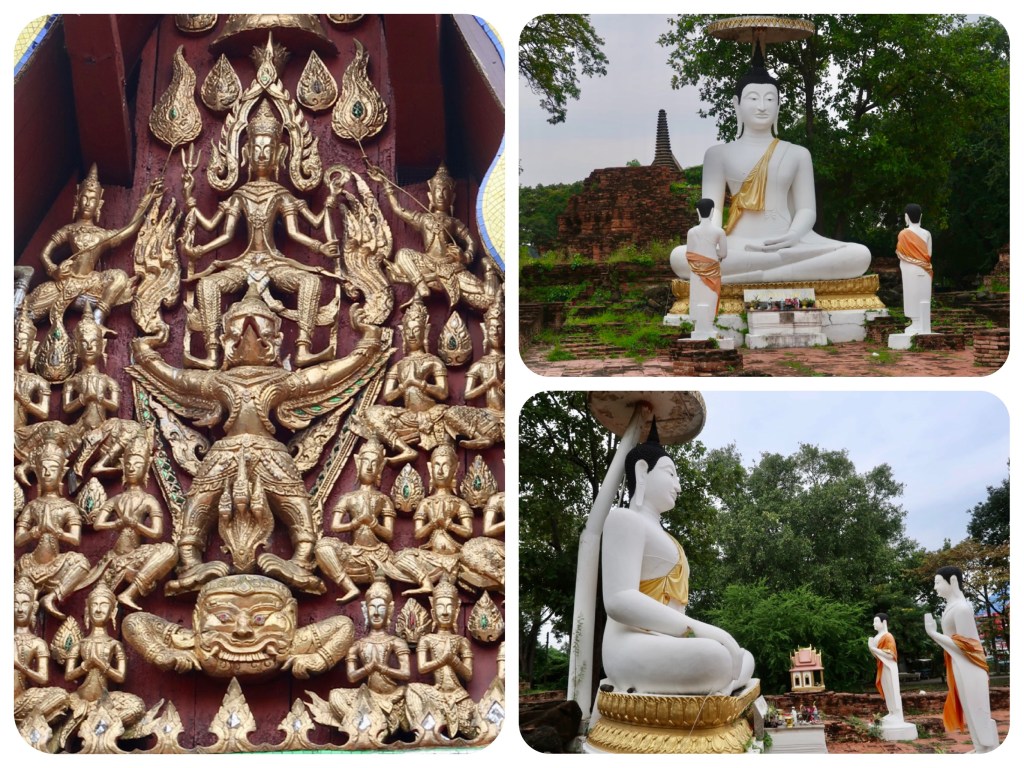



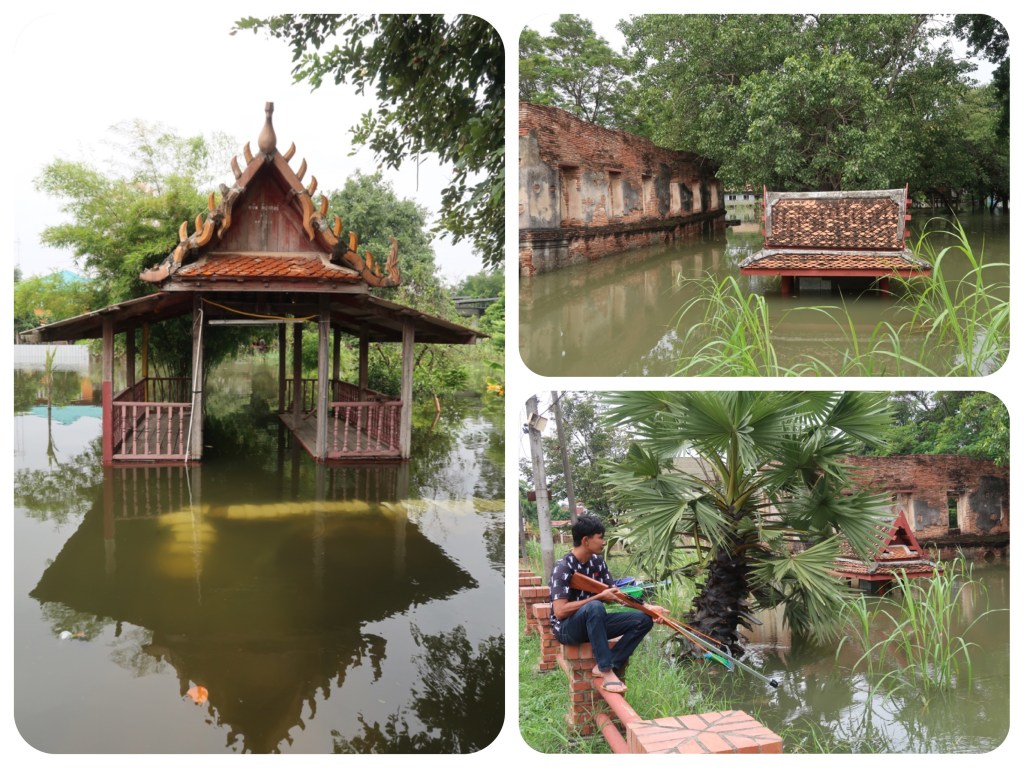







Ayutthaya, An Ancient Buddhist Kingdom, Thailand
From Kanchanaburi, we took a Grab Taxi (similar to Uber but much more popular in Thailand) to Ayutthaya.
Grab taxis are in my opinion the very best way to get around Thailand, unless you are on a backpacker’s budget.
Many taxi drivers, even in Bangkok, do not speak a word of English.
The Grab app allows you to input the address you are going to and get a quote for a reasonable price for your ride.
It cuts out haggling with taxi drivers who refuse to turn on their meters and ask for exuberant prices, just because we are foreigners.
When you are going distances longer than an hour, expect that even the Grab drivers will try to negotiate a price higher than quoted by the app, when they come to pick you up.
But even with paying higher prices as Foreigners, the convenience and the generally low prices are still worth it.
Ayutthaya is usually a destination that most tourists do as a day trip from Bangkok.
They hire a taxi for the day, drive up, see the five major ruins at the center of the old town, have lunch, an afternoon tea, visit the floating market and drive back to Bangkok in time for dinner.
That is why Ayutthaya does not have good luxury hotels.
If you plan to stay in Ayutthaya for a few nights, you will have to choose a small, and hopefully clean guesthouse, located conveniently to seeing the sites.
These guesthouses are very inexpensive, and are a good choice for seeing this historic city.
We stayed in Ayutthaya for three nights, which I believe is all you need.
If you wish to see more than the central historic park, it is best to hire a tuk tuk to take you around the Wats.
We intended to walk to see the sites outside the historical center, but the sidewalks are broken and covered in weeds, and the distances between the Wats are vast.
I was actually surprised to see how badly maintained the sidewalks were, because Ayutthaya was the former capital of Thailand, and it is still an important UNESCO site.
It is hard to believe that at one point in time, it was one of the biggest cities in the world, with over a million people living there.
As we started walking, a woman driving an old tuk-tuk stopped and offered to drive us around the Wats.
She had two of her young daughters with her, and she seemed very nice.
We decided to hire her to be our driver.
Her name was Fone, and she was a divorced mother raising her three daughters.
This is the end of the rainy season in Thailand, and it has been a very rainy season that has raised the water table in Ayutthaya to disastrous levels.
Fone’s house has been completely flooded, with water rising up to her chest in the living room.
She showed me current photos of her house, her flooded living room and her standing in the water up to her chest.
She has erected wooden planks in the living room, in order to cross to the stairs leading to the second floor.
She told me that the other night, she lost her balance as she walked on the planks, and fell into the waters flooding her living room.
It is like having a muddy, dirty swimming pool in your living room, that is mixed with the overflowing sewer and river waters.
Fone told me with a shy smile, that she and her children have been living in their flooded house for two months now.
Her ex-husband’s house is flooded as well, so she cannot make use of his house in the meantime.
She said she has not being able to sleep at nights, fearing that the water will rise to the second floor, or that their wooden house will collapse.
With the same resilience and optimism that we saw exhibited by other Thai people suffering dire circumstances, Fone pointed to the sky and said that now that the dry season is upon us, maybe things will finally dry up.
They expect no help from the central government nor from the local government, and no charity.
They simply push on, living life and hoping that things will get better.
In the old part of town, there is no flooding, and everything looks normal.
But in the two days that we hired Fone to drive us around the many historical Wats around Ayutthaya, we have seem some serious flooding, collapsed houses, people using row boats to get around their gardens, houses flooded to the second floor and ancient temples flooded almost to the roof line.
Founded in c.1350, Ayutthaya became the second Siamese capital after Sukhothai.
Ayutthaya was burnt and destroyed by the Burmese army in 1767 who burned the city to the ground and forced the inhabitants to flee.
The city was never rebuilt in the same location and remains known today mostly as an extensive archaeological site.
The capital was simply shifted to Bangkok instead. The beautiful buildings in the Palace complex and the largest Wats in Bangkok were constructed according to those that were destroyed in Ayutthaya.
But Ayutthaya ruins, characterized by the prang (reliquary towers) the big brick stupas and its beautiful large temple complexes and monasteries, remain as a beautiful reminder of the once glorious Buddhist Kingdom.
Catering to the demands of the Thai tourists, there are pretty cool cafes in Ayutthaya.
Girls dressed in cute outfits with matching cute bags and accessories, come to pose at the entrance to “Chirp” and “Summer” cafes, holding an iced matcha latte or an orange colored Thai tea and making cute faces to the camera.
There are also restaurants that are made to look like old Thai houses, serving traditional Thai food served in baskets and beautiful ceramics.
Tourists come to eat the famous river prawns.
Many cafes and restaurants offer different ways to prepare this big river prawn that is almost the size of a small lobster.
But with the river overflowing and the fact that it is now mixed with the overflowing sewer system, I was amazed why the tourists do not seem to realize that now is not the best time to eat these river prawns.
There is a daily night market in Ayutthaya that offers all sorts of cheap, fresh and good local foods.
It stretches for many blocks and at one end, there are makeshift restaurants cooking all sorts of dishes.
At the end of our third day in Ayutthaya, we visited the floating market.
Today, these markets are a tourist attraction, popular among foreign and Thai families alike.
These floating markets used to be a normal way of life in Thailand, not a tourist attraction.
Vendors used to come to the market by rowing their wooden boats, to sell all sorts of home cooked foods, flowers, crafts, sweets, pickles, sticky rice cooked inside bamboo, and fish cakes grilled inside banana leaves. They also used their boats as floating restaurants, where they would cook bowls of steaming noodles on the spot for customers.
One such dish is still known as “Noodle Boat,” reminiscent of the boats in the floating markets that used to cook this dish.
Unfortunately, the dish is full of fat, pork and blood, so we did not try it, but we did have a vegan version of this dish in a plant based restaurant, and it was very good.
No doubt the floating market in Ayutthaya is a touristy place, attended mostly by Thai families who left the markets with bags of sweets.
One kind of sweet that I had never seen before, is sugar floss in different colors and flavors, wrapped in a very thin green Pandan crepe.
I only had a sample tasting, and it was good.
I saw people buying bags of this colorful sugar hair-floss and wrapping them in thin crepes and eating them with relish.
Thailand has just recently legalized the use of Marijuana, and even in the floating market I saw cookies, sweets and drinks made with cannabis, as you can find all over Thailand today.
For me, the appeal of cannabis is dead and gone for decades now.
Any kind of alcohol or stimulants no longer give me a buzz, they only keep me from sleeping well at night.
I never understood it before, but it is absolutely true, that a mind that is constantly centered on the Ultimate Truth, is in a state of bliss always, and the drug induced high feels like a boring yawn…
From Ayutthaya with many blessings,
Tali